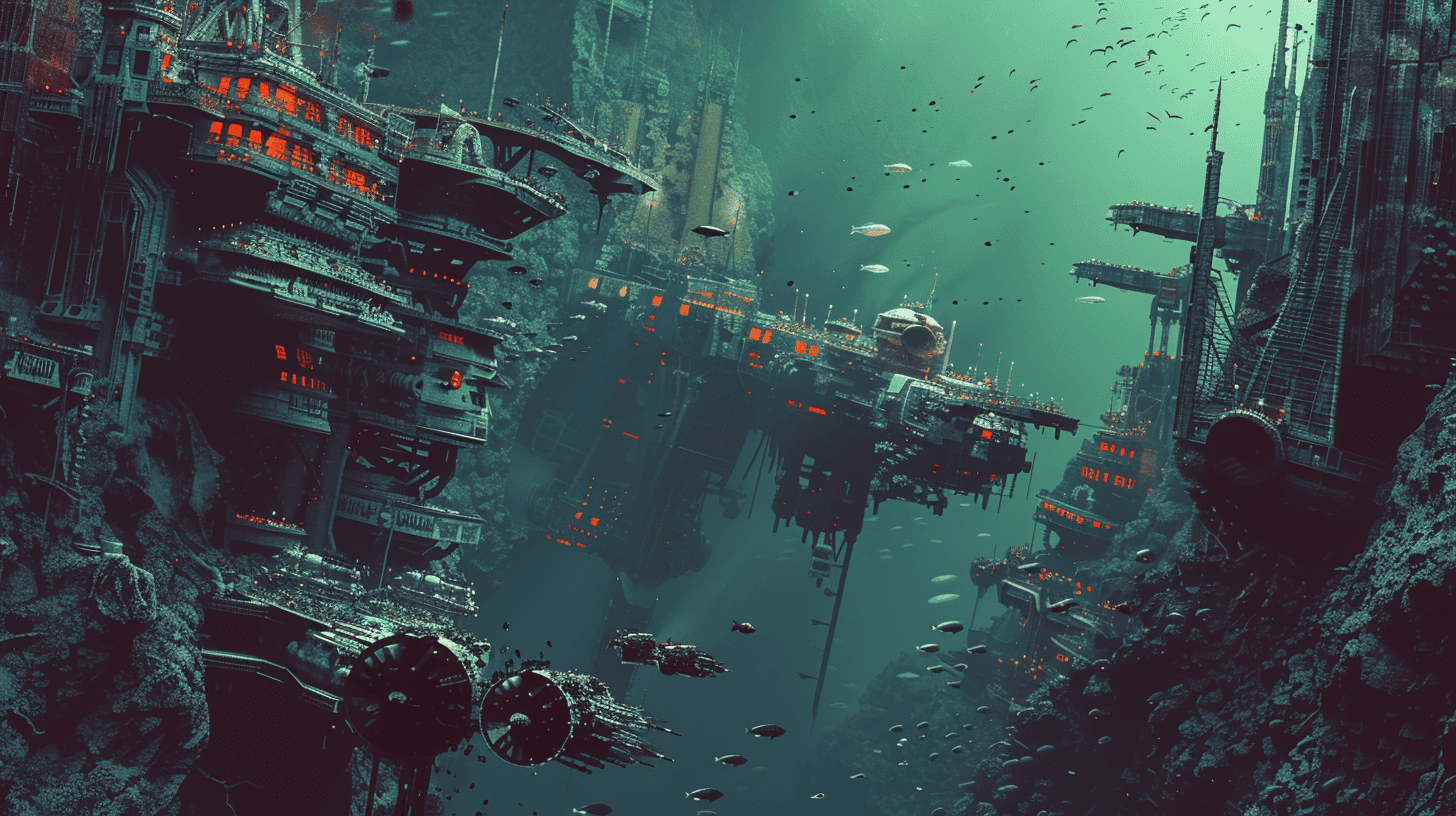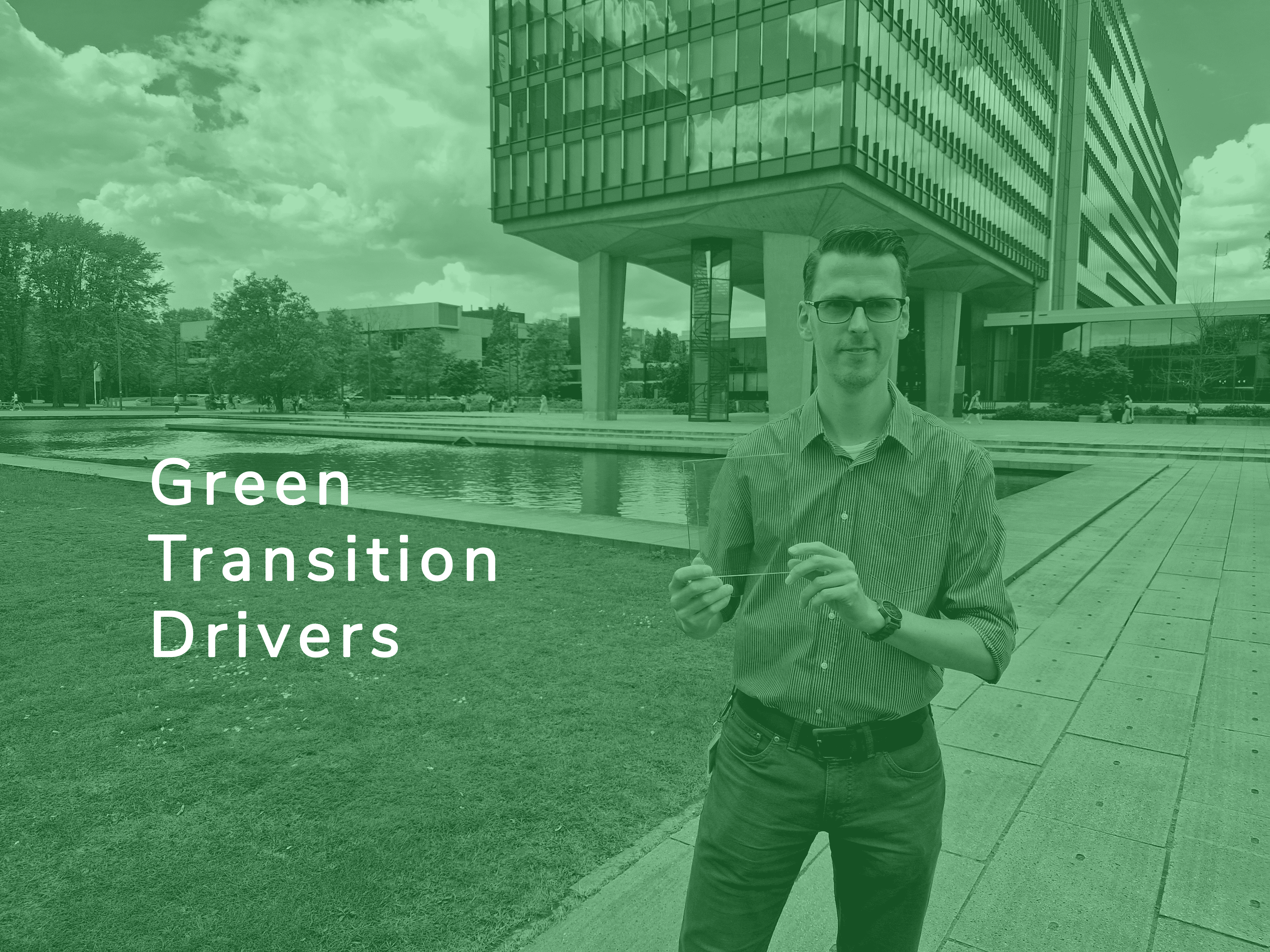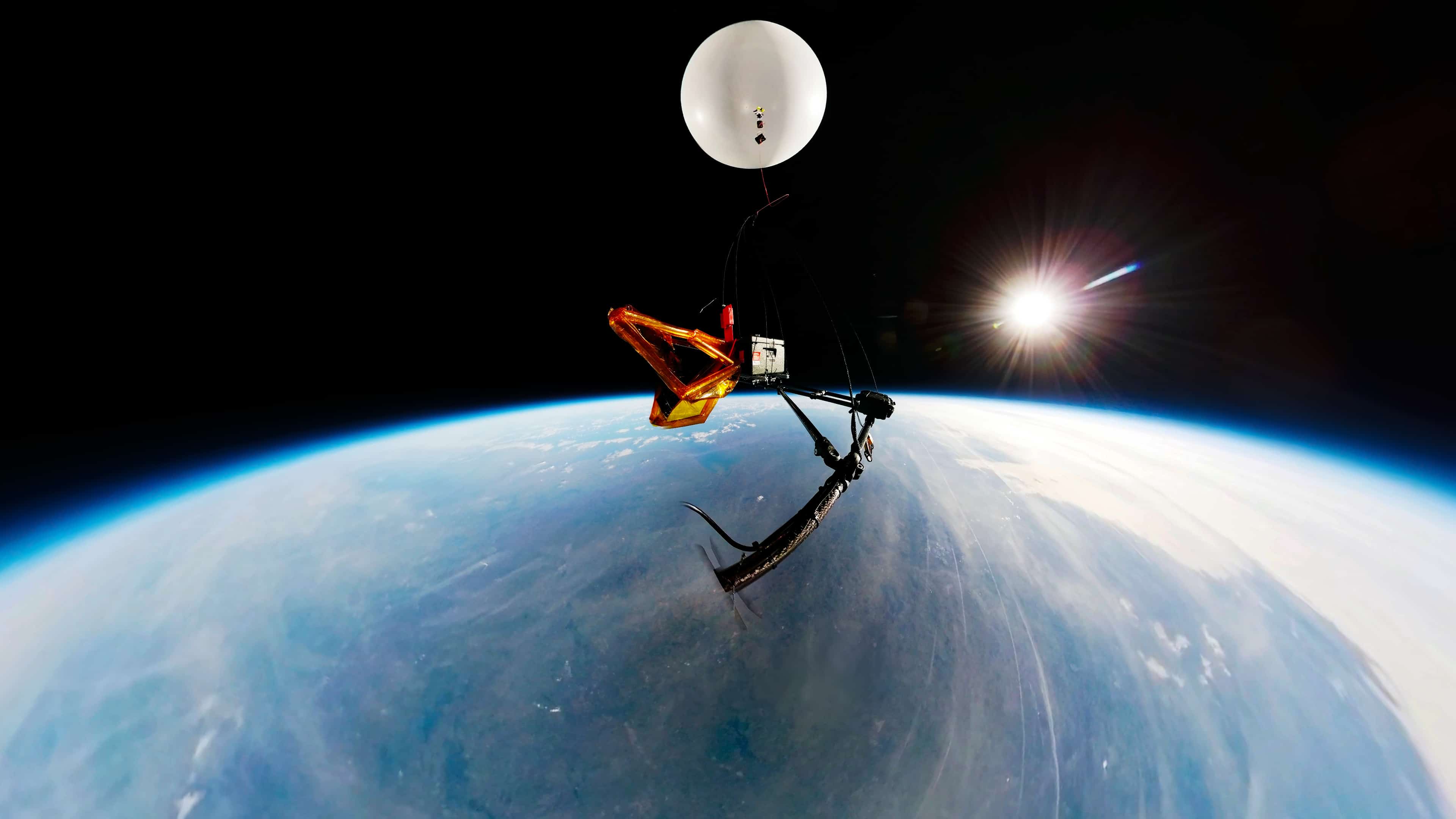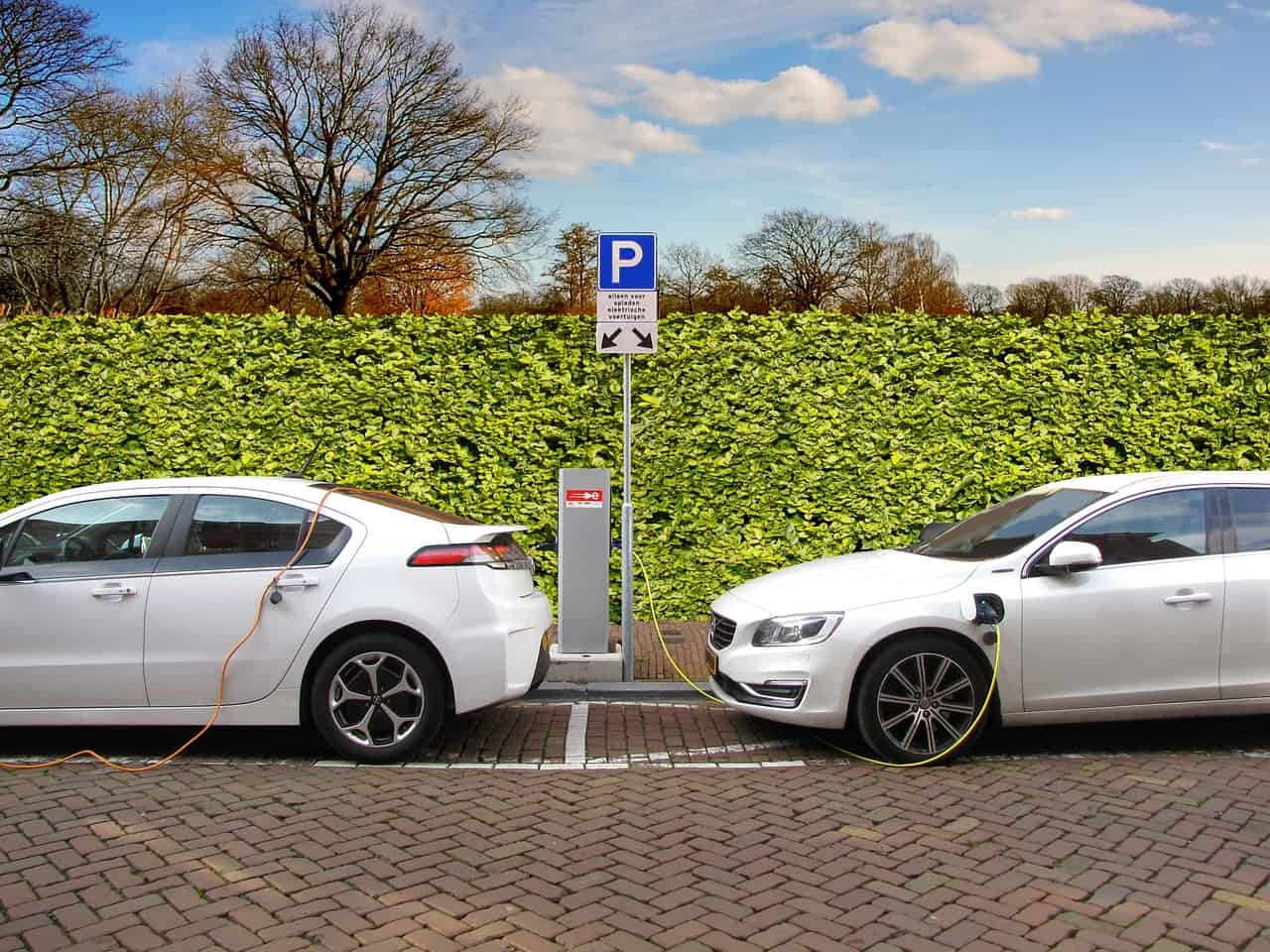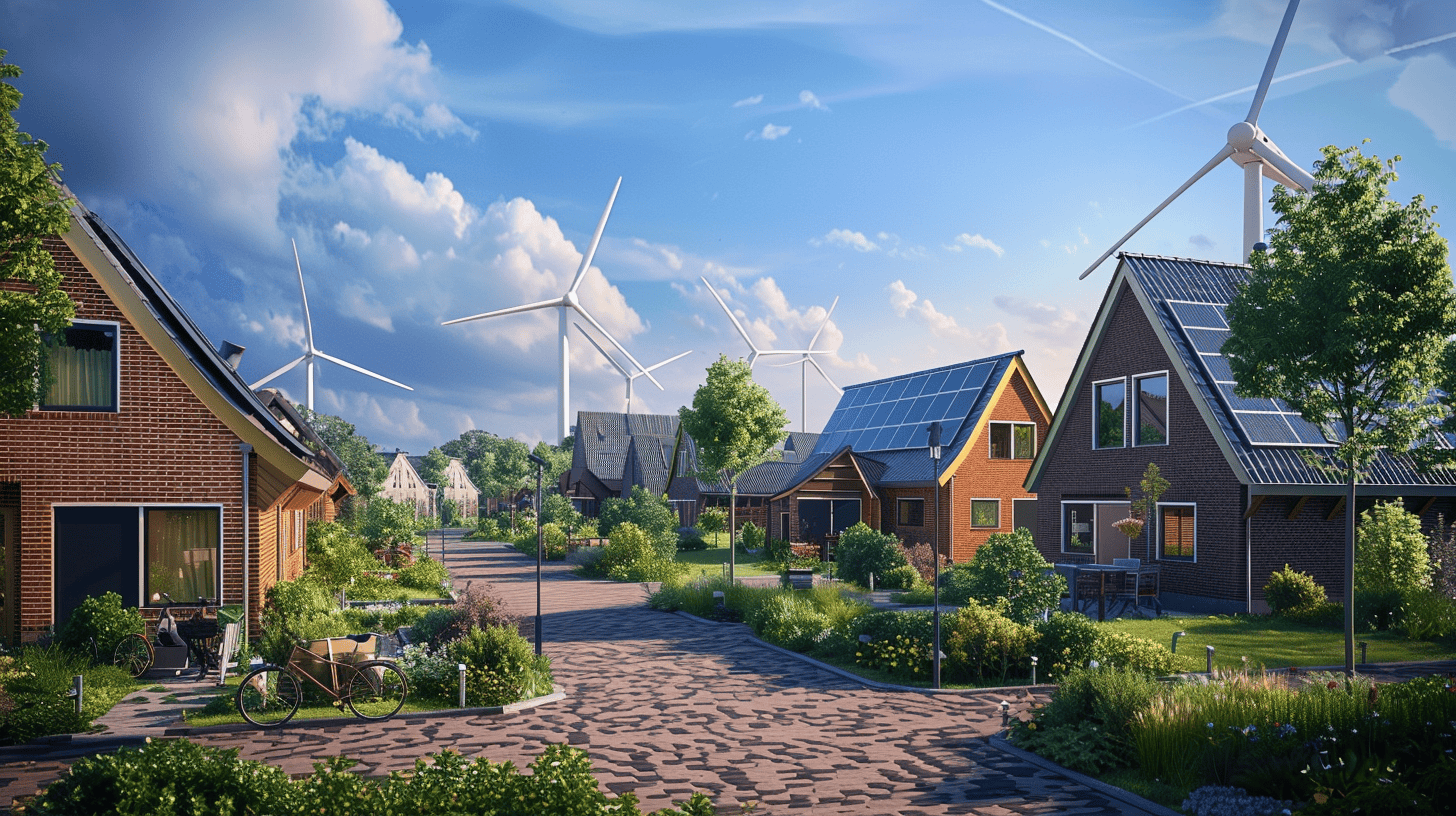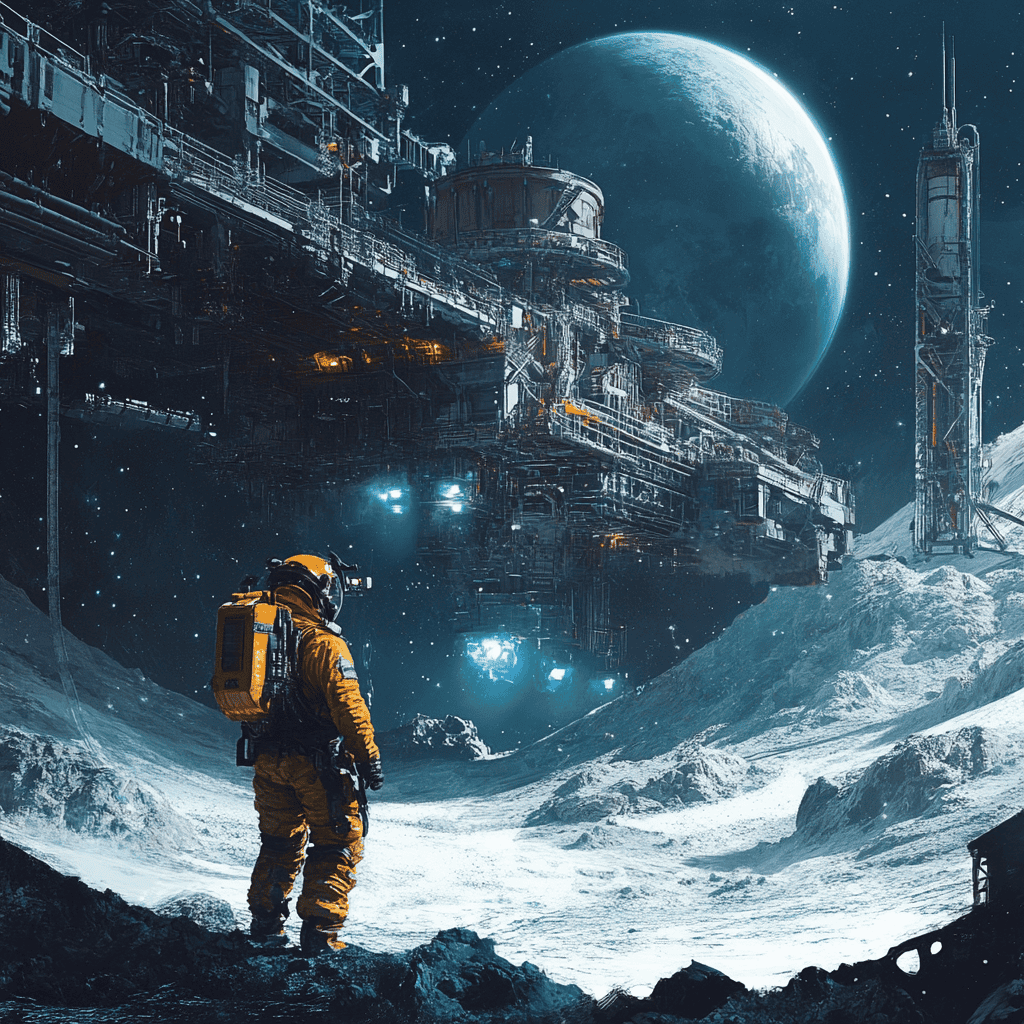
For as long as we have existed, we have marveled at the infinite space called the universe. Our ancestors made offerings to gods they thought they would find among the stars, and now SpaceX is working hard to put the first humans on Mars. But the unfathomable darkness may bring us something else very precious: scarce metals. Mining in space may well be the key to accomplishing the energy transition.
A clear sky, far away from the city. On whom does the view of black darkness with countless points of light not have a magical effect? As a little girl, I often looked up. Or I would read books about black holes. Especially the pictures were enchanting. I regularly daydreamed about a career as an astronaut, or about aliens in another galaxy.
Some 25 years ago, I had never heard of mining in space. Today’s children will undoubtedly learn about it through their parents or the NOS Youth News. Some will daydream about spaceships that each want to mine a mountain of gold as quickly as possible.
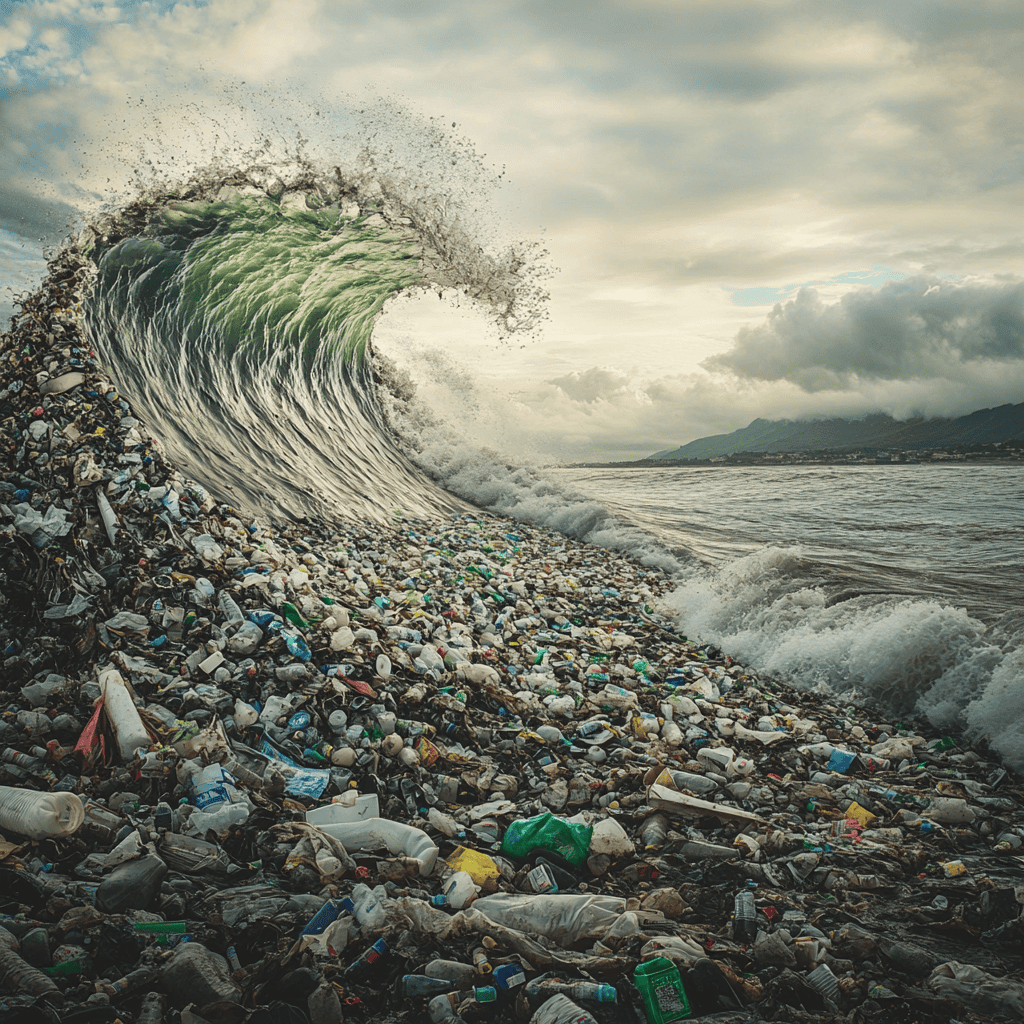
Key to the energy transition
Gold is attractive, but there is currently a particular need for other valuable metals. The energy transition is leading to an increasing demand for lithium, cobalt, nickel and copper, among others. For example, an electric car requires three times as much copper as a traditional internal combustion engine car.
Where do we get these metals from? Well, now mostly from countries we don’t want to depend on at all. Russia produces almost half of the world’s palladium: a precious metal used in catalytic converters, among other things, and important for the auto industry. Or how about China? The country is among the world’s biggest players when it comes to mining palladium and aluminum, among other things. Companies worldwide are also poised to mine cobalt and nickel at the bottom of the Pacific Ocean.
During the Earth’s formation, many metals were pulled to the core by gravity, so they are now rarely found in the Earth’s crust. On some asteroids (pieces of matter that orbit the sun like planets and dwarf planets), however, they are very close to the surface. There are even asteroids composed entirely of metal.
So in space, the metals we so desperately need are there for the taking. We just have to “pick them up”. Let’s imagine a future scenario in which we have managed to do that. What would the world look like, if … space provides us with scarce metals? Is space mining the solution we’ve been waiting for for so long?
Automotive industry in a state of flux
In our scenario, the cost of electric cars drops significantly: by a third on average. This is because we extract important metals such as lithium and nickel from space. For next to nothing, you can be the proud owner of a Tesla.
Mining in space also boosts the production of hydrogen. Electrolyzers, essential for generating hydrogen, are being used on a large scale. The number of companies producing hydrogen in Europe has increased twenty-fold in ten years.
But the benefits extend beyond electric cars and hydrogen. Space mining also leads to innovations in other sectors, such as the production of sustainable materials. As a result, we have reduced fossil fuel emissions almost to zero.
The howler monkey is coming back
One thing is indisputable: the Earth’s natural environment has suffered greatly from global mining. It turns out that the extent of deforestation was three times greater in mining areas themselves than in non-mining areas. But thanks to space mining, the Amazon has largely recovered. Animal species that were threatened with extinction, such as the jaguar and the tapir, are thriving. Even the extraordinary howler monkey, which is highly dependent on a healthy ecosystem, is slowly returning to its original habitat.
In the pre-space mining period, about two-thirds of cobalt came from the Congo. We need this silver-blue mineral, for example, for the cathode in lithium-ion batteries, which are used in electric cars, smartphones, and other devices. However, Congo’s mining areas also always caused serious pollution of air, water, and soil. With that, it had a significant impact on the health of miners and surrounding communities. In fact, this region was in the top ten most polluted places worldwide.
No more in the future. Air and water quality are vastly improved in our scenario. This, combined with other measures the country has taken in terms of security and infrastructure, has made Congo increasingly popular with tourists.
Whose space?
However, not everything is rosy. Yes, we have become less dependent over the years on countries like Russia and China. But space has also created a new field of tension. There, above our heads, a conflict is unfolding that is reminiscent of the struggle for territory at sea: in principle, it belongs to no one, but because of that, it belongs to everyone. Humanity is embroiled in complex discussions about property rights and regulations. And these discussions seem far from coming to an end.
Moreover, another problem presents itself. We may be glad that here in Europe we do not have polluting mining in our backyard, but the environmental problem has only moved. In Earth’s orbit are numerous remnants of old satellites, rocket stages, and other debris that pose a growing threat to international space travel. Various companies, large and small, are focusing on clearing debris, but we are not there yet. After all, not everyone in space operates with the best of intentions, just as in the fashion industry, unfortunately, there are plenty of companies pushing the boundaries of ethics and responsibility.
Playing war
What I also sometimes fear: humanity playing war with spaceships. Indeed: already there is plenty of wrangling going on over the moon. I wonder if in the future we will be able to curb our tendency to ‘land grab’. For energy transition, at least, it would be very useful.
Well, it remains to be seen whether we can agree at all on the need for an energy transition, here on earth. First let’s make sure our big, round, blue spaceship doesn’t drift rudderlessly through space!



